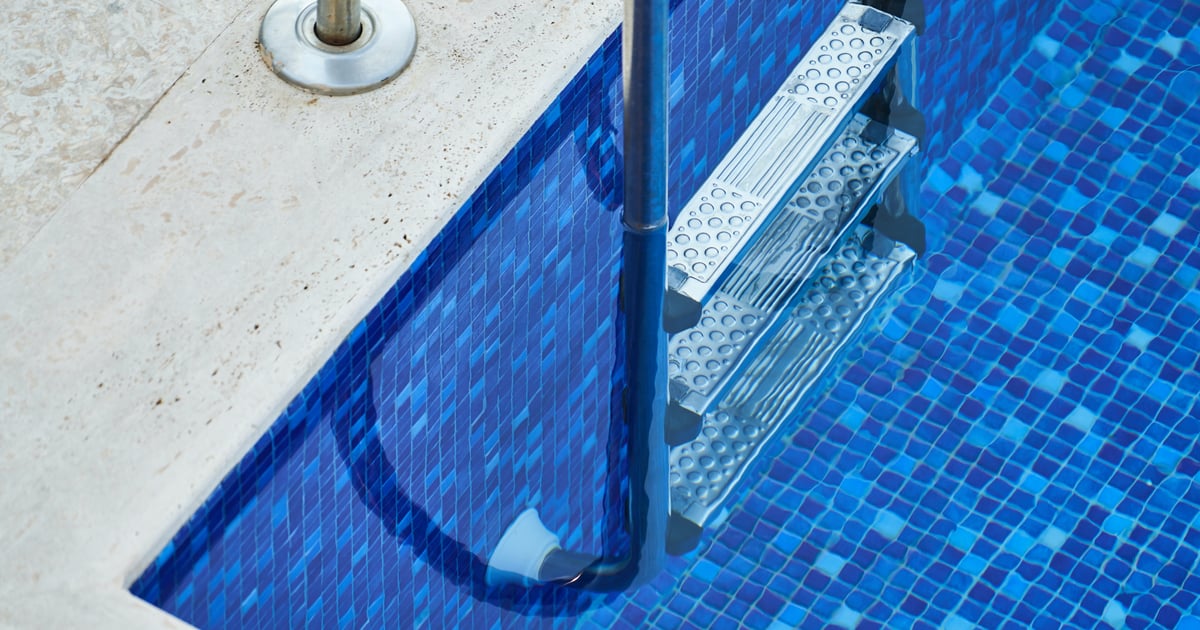
Have you ever gone to the gym and found people plunging into icy cold water? It’s called a cold plunge, a form of cold water therapy. A cold plunge is a pool set around 55 degrees for someone to dunk themselves in for up to 20 seconds. Here’s why you might want to get in after your next workout.
What Are The Benefits of Taking a Plunge Post-Workout?
After an intense workout, dunking yourself in a cold plunge can help reduce muscle soreness as the cold water constricts blood vessels, therefore reducing swelling. Additionally, exposing yourself to cold water is a fast way to cool down after a workout and can energize you. So instead of feeling sluggish after you sweat it out (if you enjoy morning workouts), you’ll be re-energized for the rest of your day.
How Do I Cold Plunge Without a Pool?
The gym I go to does have a cold plunge pool so I give myself a dunk after I’ve worked out there. But, when I work out at home, a cold shower is still a great way for me to feel cool. If you have a bathtub, feel free to fill it up with cold water and give yourself a couple of minutes in an icy cold bath (around 55 degrees).
Are There Any Risks With Cold Water Therapy?
When it comes to diving into the cold plunge pool or taking a cold shower, there is a risk of hypothermia. In a piece reviewed by physical therapist Gregory Minnis, DPT, the way to avoid getting hypothermia is to keep your experience brief. In a pool, give yourself a couple of quick dunks and in the shower, only stay in for a few minutes. If you’re ever unsure if you should take the cold plunge, be sure to speak with your doctor before diving in.
